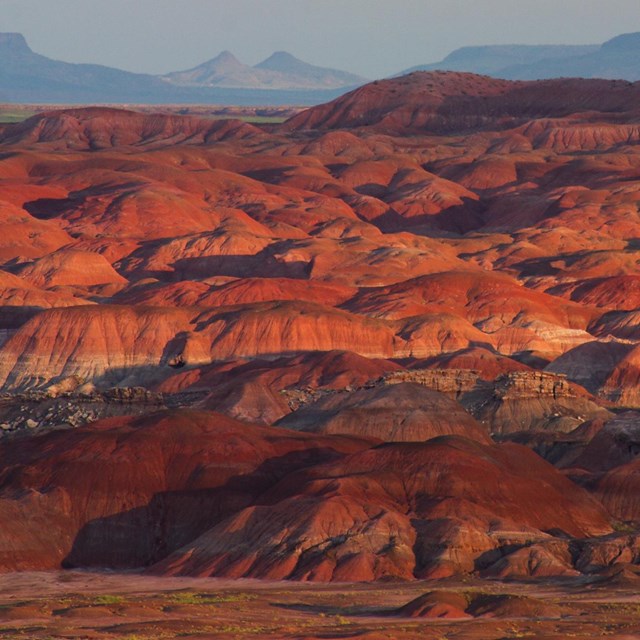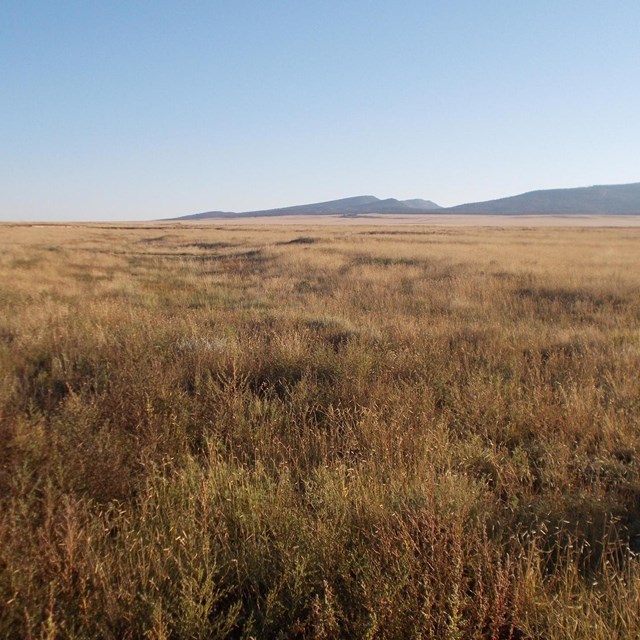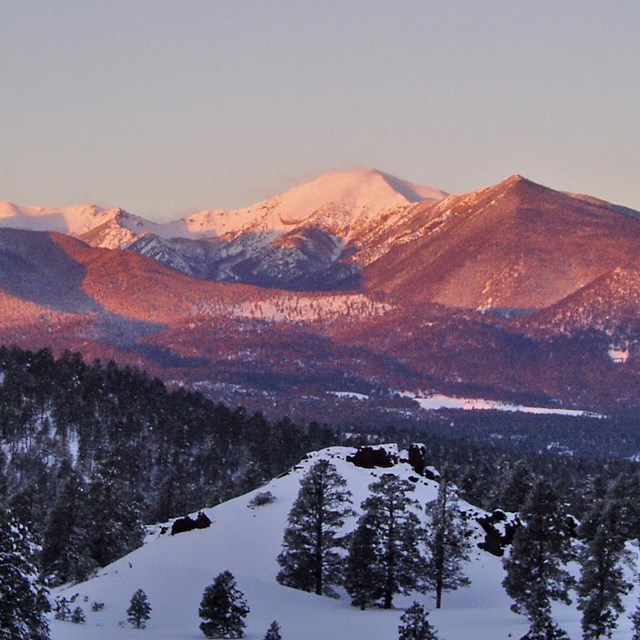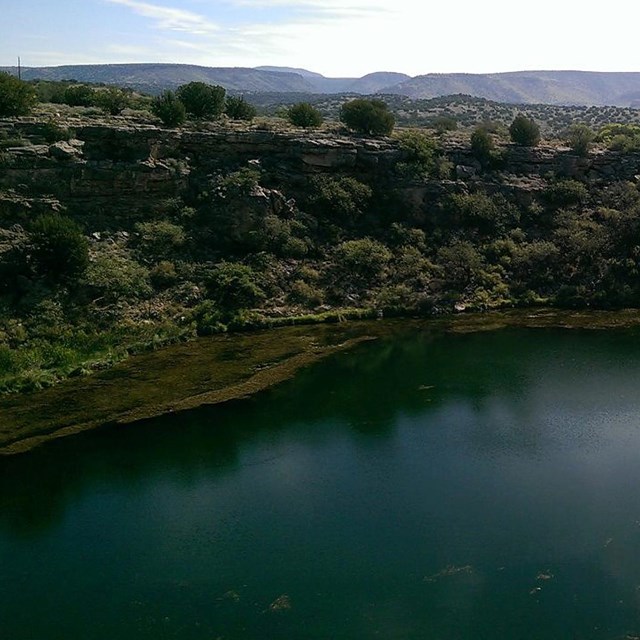The American Southwest’s broad biogeographic regions include the Chihuahuan, Sonoran and Mohave Deserts, the Great Basin, the Colorado Plateau, and the southern Great Plains. Within each region, one can find a variety of terrestrial ecosystems – groups of plant communities that tend to co-occur within landscapes, with similar ecological processes, substrates, and environmental gradients. For example, following an elevational gradient on the Colorado Plateau, one can observe semi-arid grassland, pinyon-juniper woodland, and montane forest ecosystems.
Ecosystems are defined by the network of interactions among organisms, and between organisms and their environment. Ecosystems are controlled by external factors such as climate, the underlying geological material, and topography. They are also controlled by internal factors, such as food webs, decomposition, and competition. Ecosystems are dynamic – periodically exposed to new disturbance and in the process of recovering from past disturbance. In addition to natural disturbance processes, human stressors can impact the health or integrity of natural ecosystems. A basic understanding of the key drivers, ecological processes, and anthropogenic stressors is necessary in order to assess the health or integrity of ecosystems.
-
 Deserts
DesertsDeserts are defined by a lack of water. They are arid places that generally receive less than 10 inches of rain per year.
-
 Grasslands & Shrublands
Grasslands & ShrublandsGrassland is among the most widespread vegetation types in the American Southwest.
-
 Montane Forests
Montane ForestsMontane forests blanket the upper elevation plateaus and mountains of the Southwest.
-
Iconic habitat of the Southwest!Pinyon-Juniper Woodlands
Pinyon-juniper woodland is the most common forest type in the American Southwest
-
 Rivers, Streams, & Wetlands
Rivers, Streams, & WetlandsRiparian areas supply food, cover, and water, and serve as migration routes and habitat connectors, for a variety of wildlife.
Last updated: October 3, 2016
